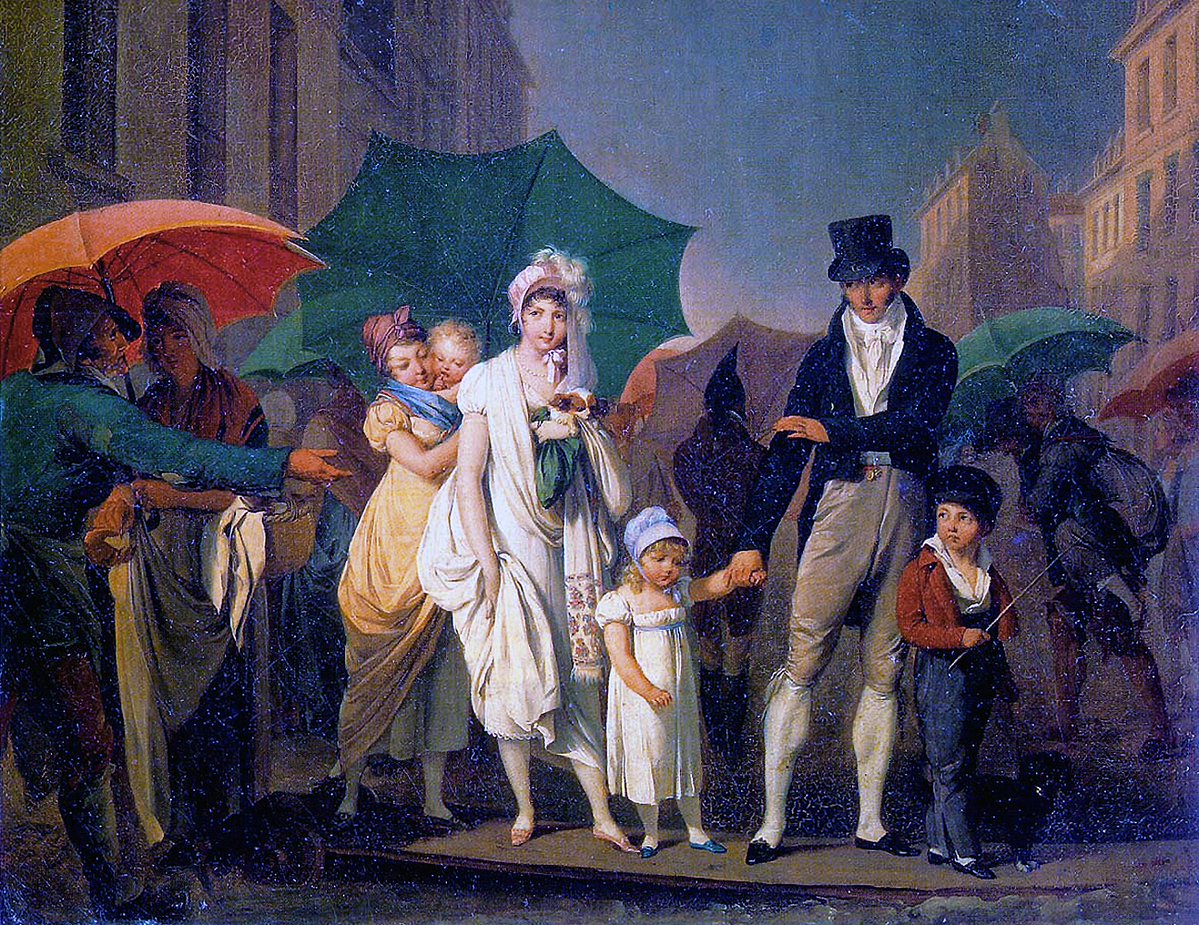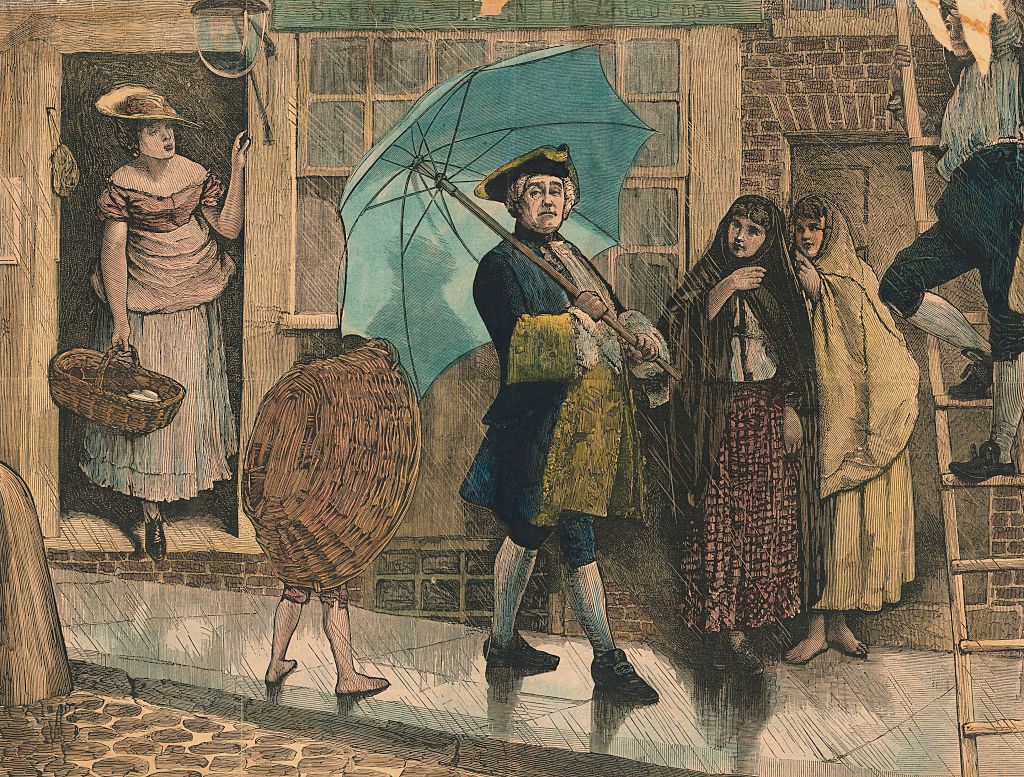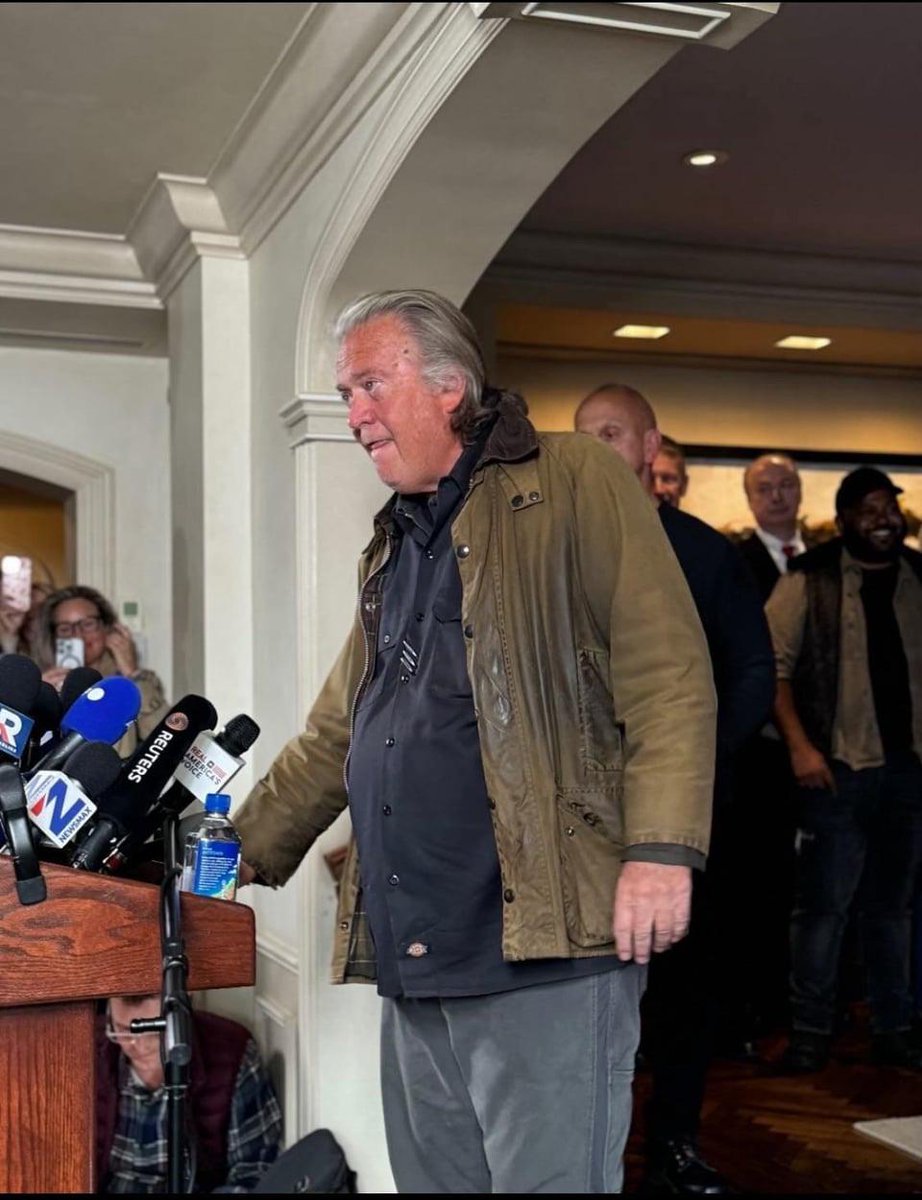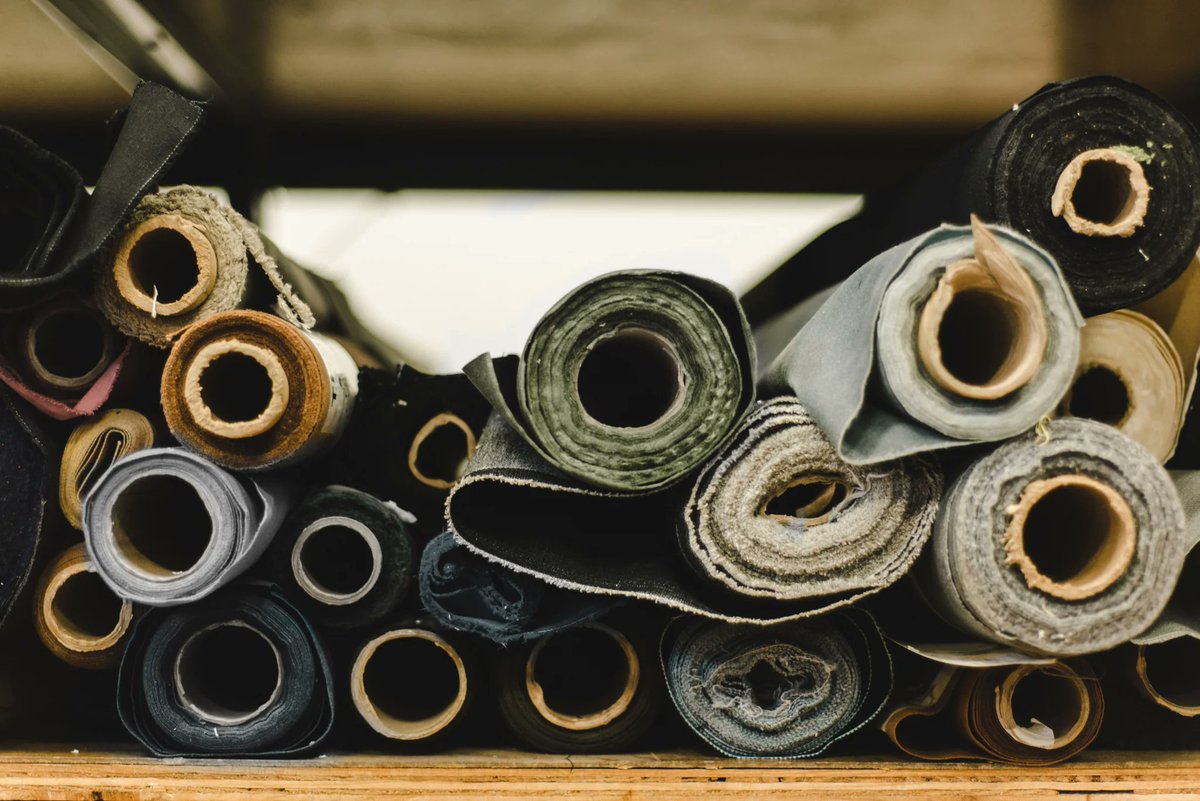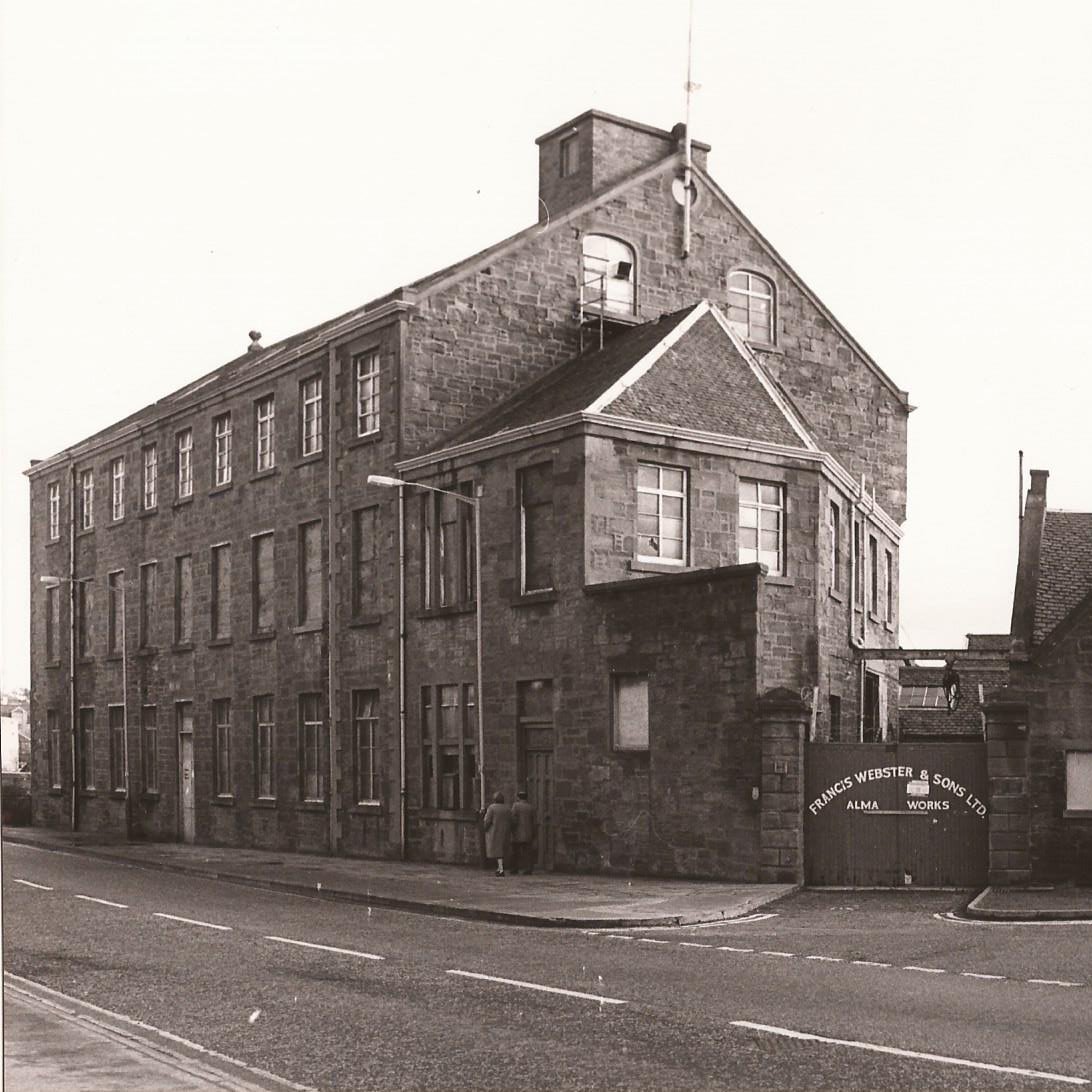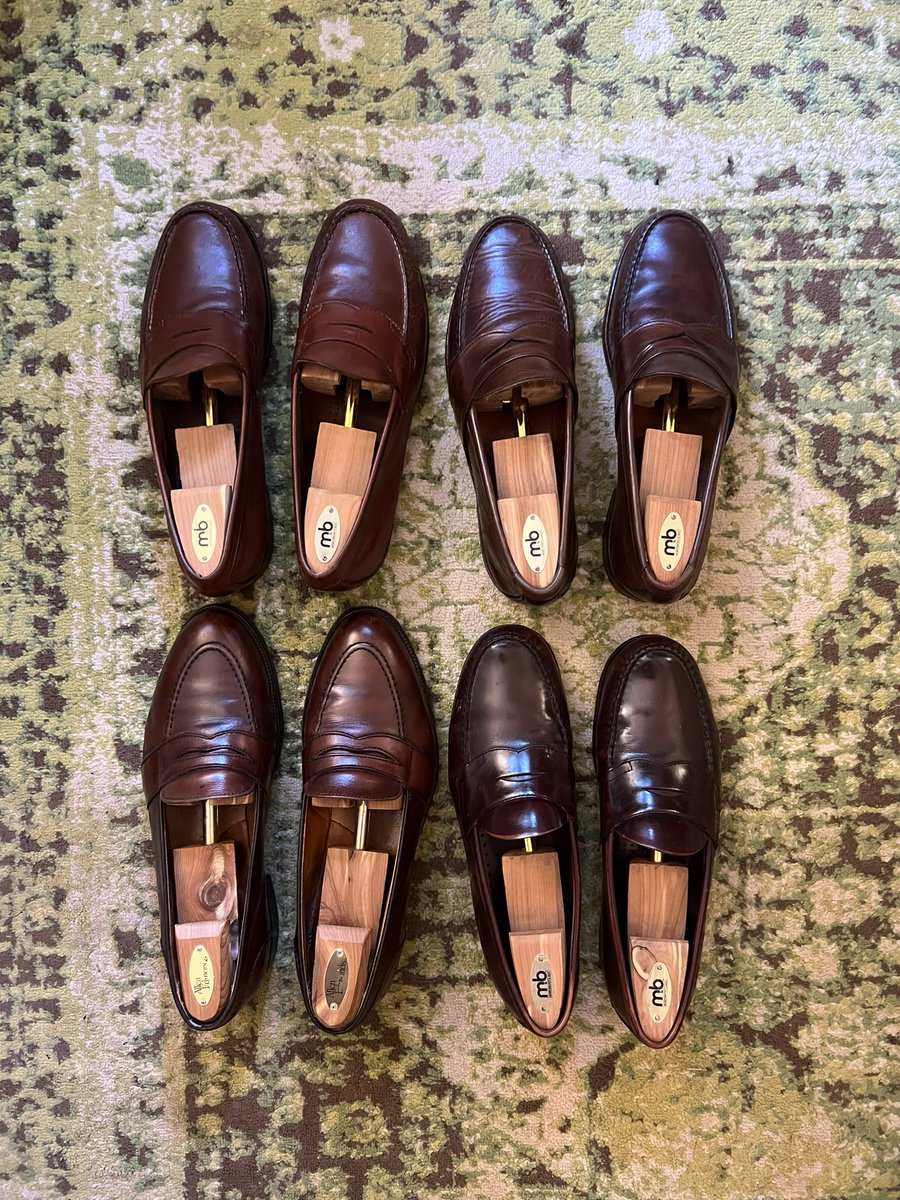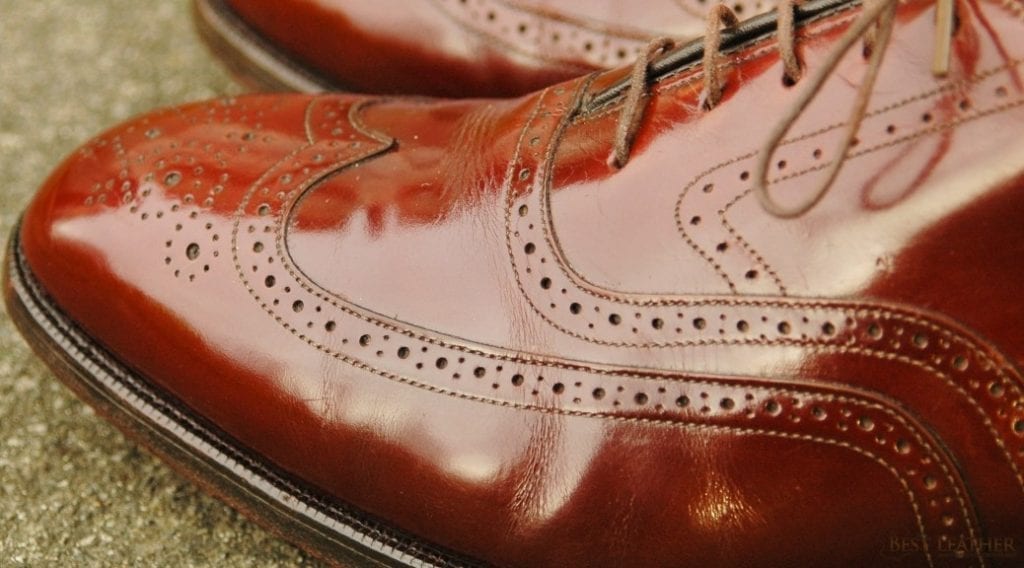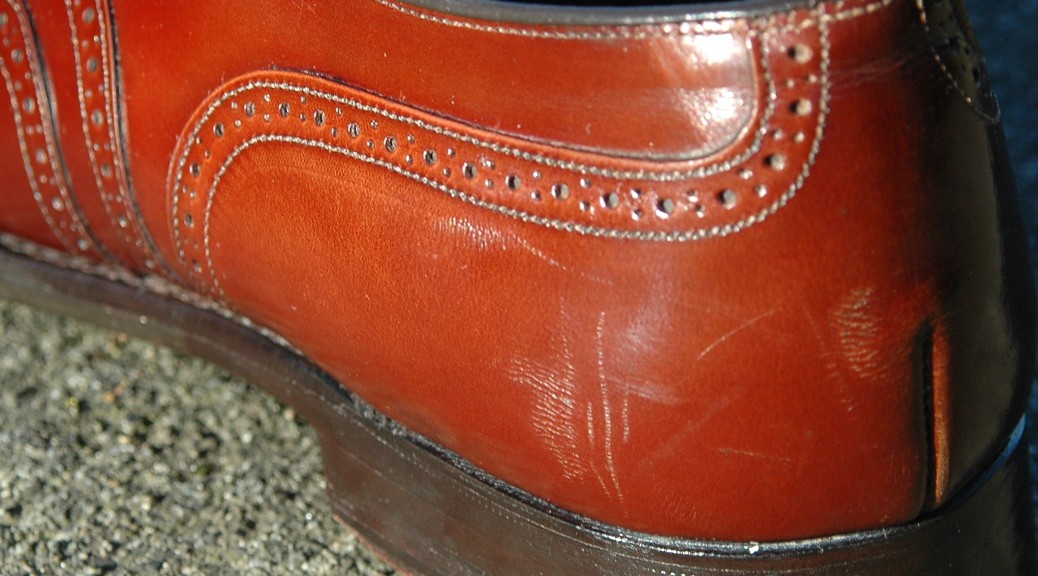Many men resist wearing high-rise trousers bc they fear they'll look like an old man. In this rubric, low-rise = modern; high-rise = Fred Merz. But low-rise pants change the ratio between your torso and legs, sometimes in weird ways. See Tucker Carlson, for example. 🧵








Even when he was young, Tucker favored low-rise trousers. You can judge this by his waistband's position in relation to his coat's buttoning point. For Dancing with the Stars, the costume dept put him in higher-rise pants. Ignoring the hem, I think the rise looks better on him




This doesn't mean that low-rise pants are *categorically* bad. If they were, they would have never taken off in the first place. They work for certain aesthetics, such as contemporary and rock-inspired looks. See @modsiwW (IG wisdm)



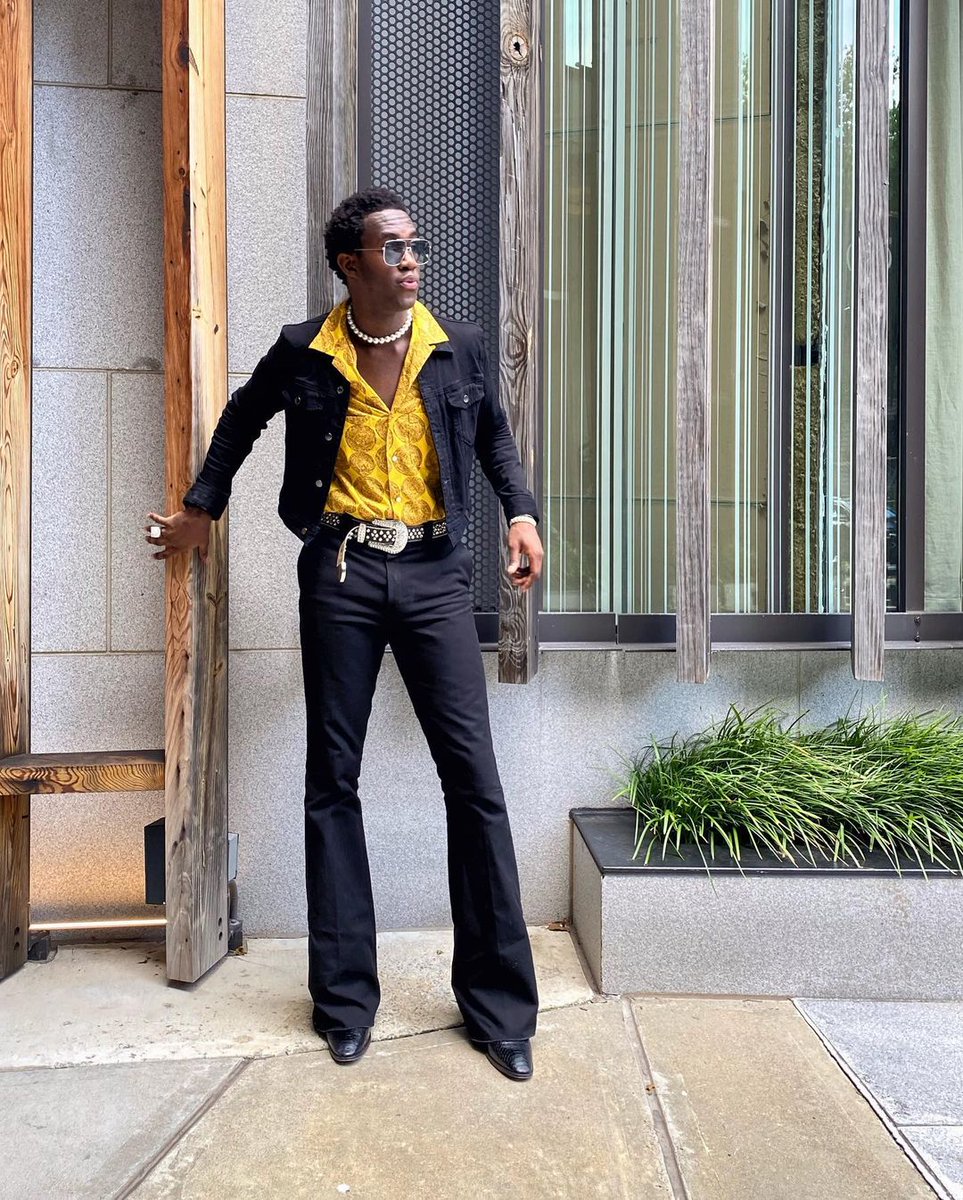
But Carlson's style is clearly not about that aesthetic. He wears soft-shouldered tweeds, hopsack blazers, oxford button-downs, and, for a time, bow ties (now long ties). This language borrows from a classic American look defined by Brooks Brothers and clothiers like J. Press.




This is what I mean when I say, "Dress is language and not universal rules." In this specific aesthetic, there are certain ideas about proportions and fit (which may not apply to other aesthetics). These pants are entirely wrong for the top. There are too many panels and darts.



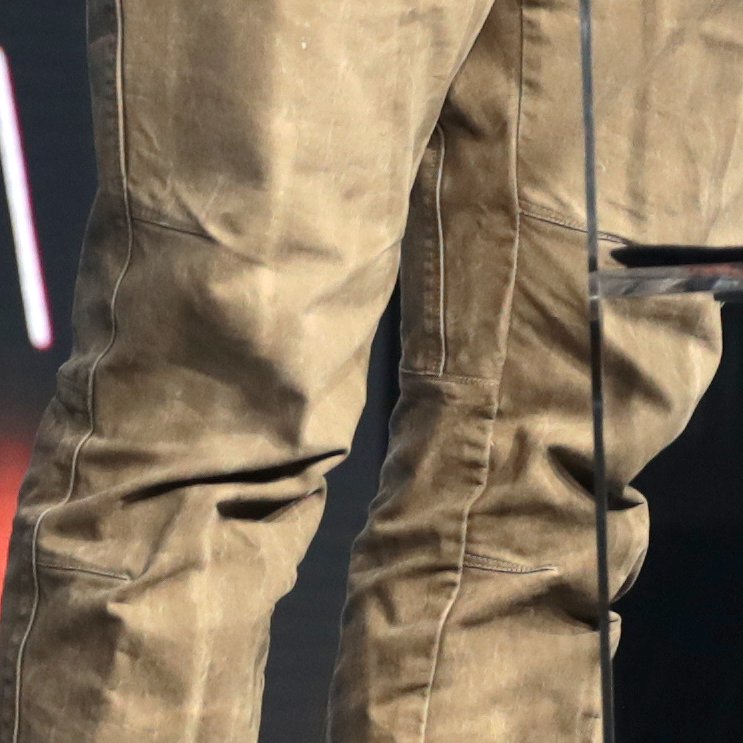
People who like this aesthetic are often inspired by mid-20th-century Ivy League style (see how many "trad" accounts here post pics like this, but with little insightful commentary). But do these outfits look the same to you? To me, the proportions are off.



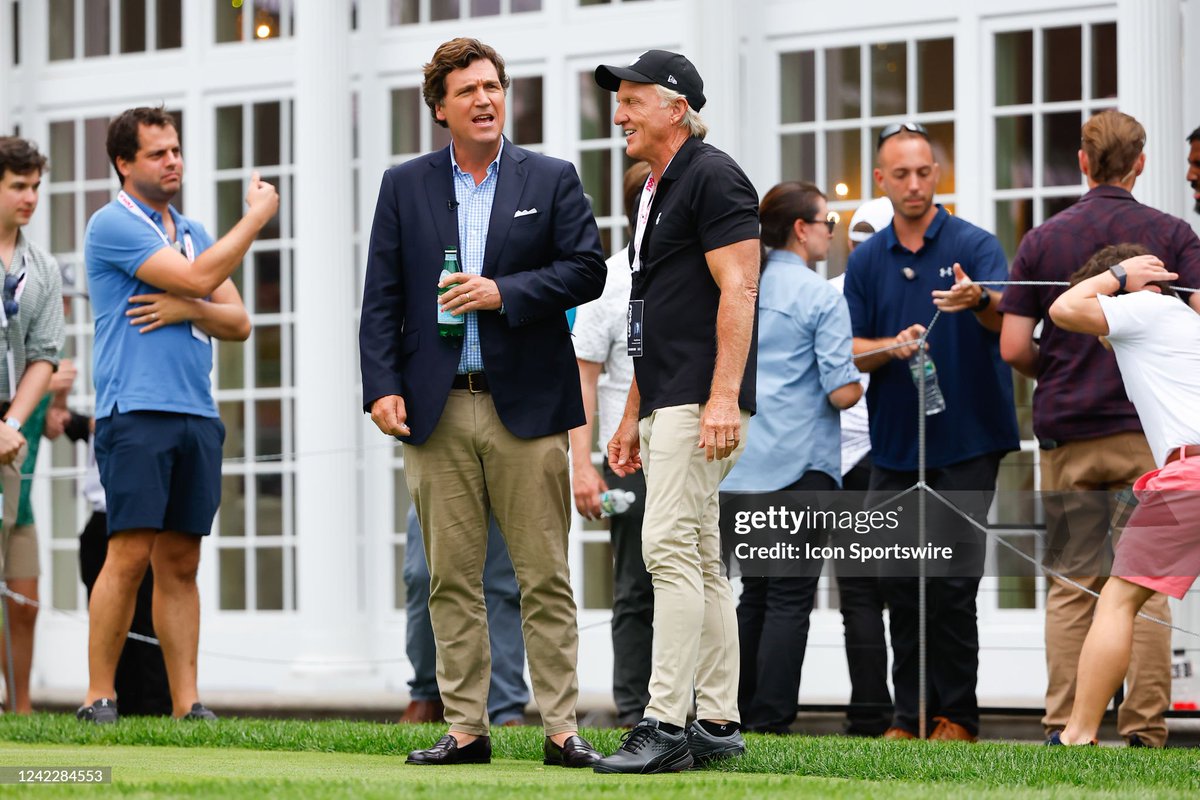
Carlson wants to wear low-rise, slim, tapered pants because he—and others—think this is more "modern" and "youthful." But for this specific aesthetic, it does not create a flowing line between the top and bottom halves of his outfit. Coat's shape limits how slim trousers can be 

For that Ivy Style look, you need higher-rise pants that are slightly less tapered. Casual pants such as jeans and chinos will naturally be a little lower rise than dressy pants like wool trousers. But you can see the silhouette here is different—and flows better with the coat





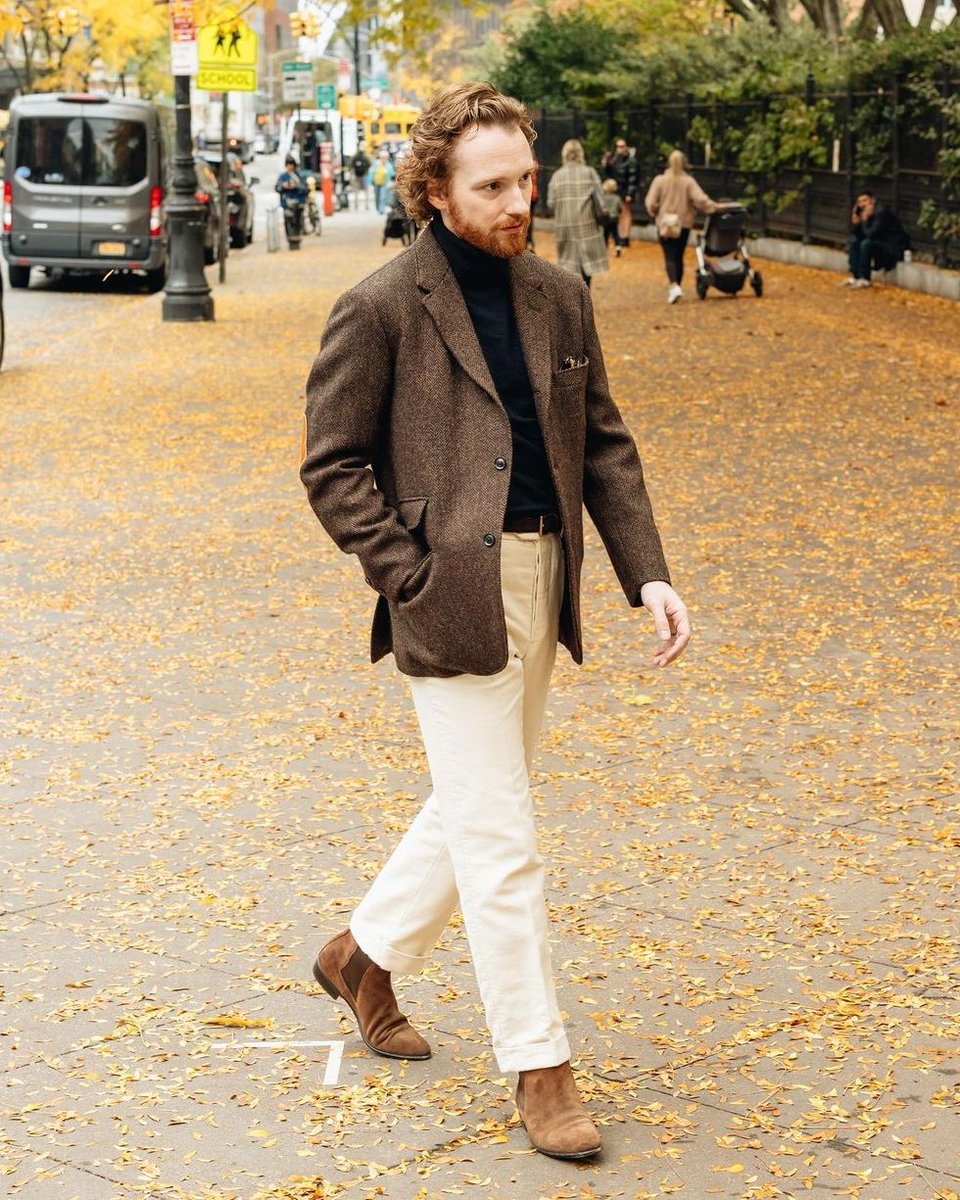


Is this "old man" style? Yea, maybe. Personally, I'm not bothered since many of the men I find to be most inspiring in terms of style are from an older generation.
I am only saying that if you are inspired by something, pay attention to the details, as they matter.




I am only saying that if you are inspired by something, pay attention to the details, as they matter.

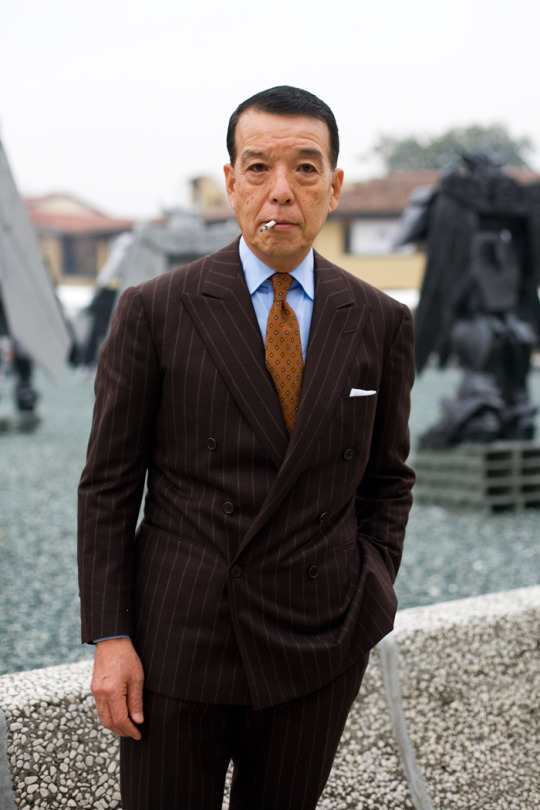
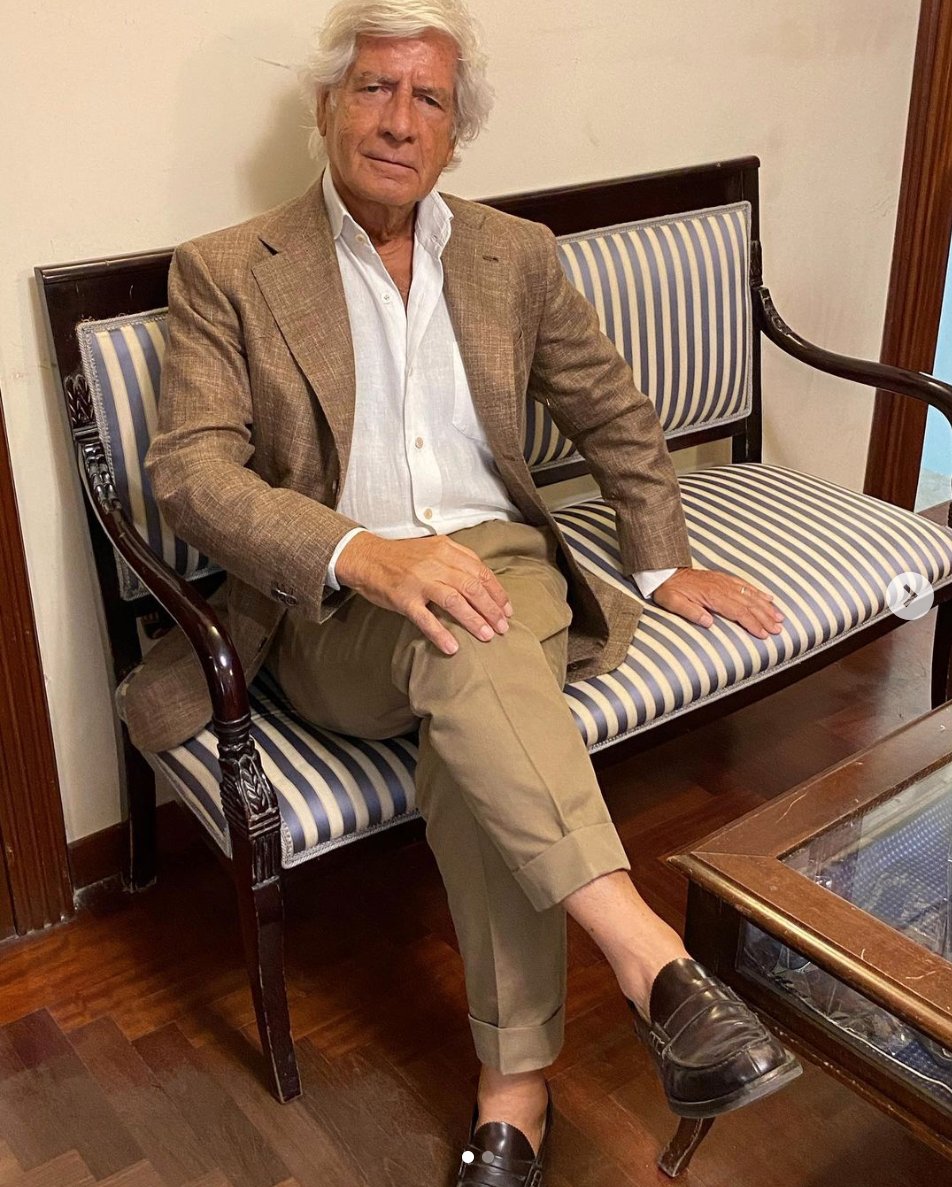

• • •
Missing some Tweet in this thread? You can try to
force a refresh


